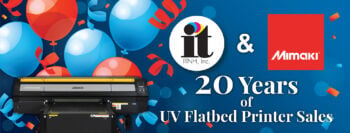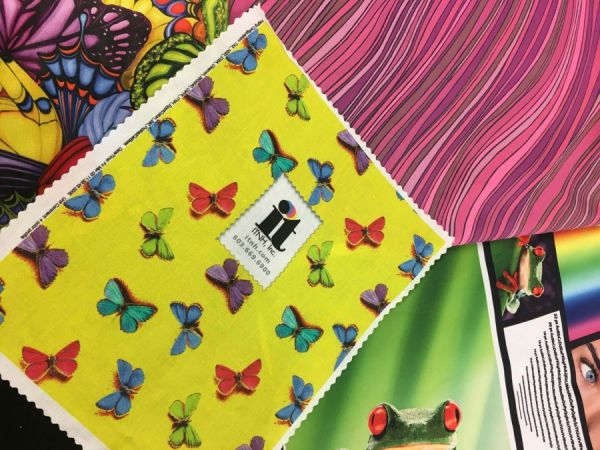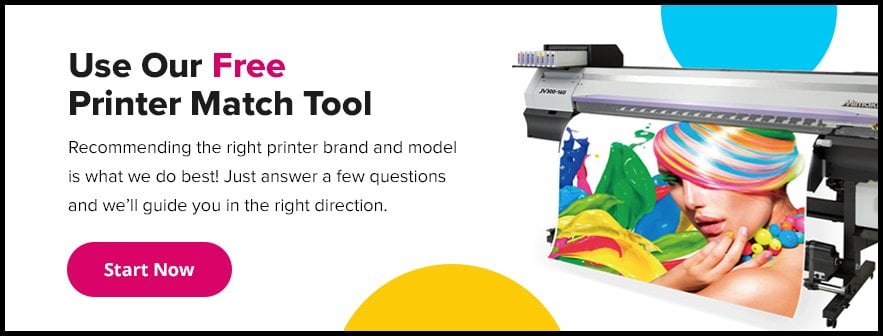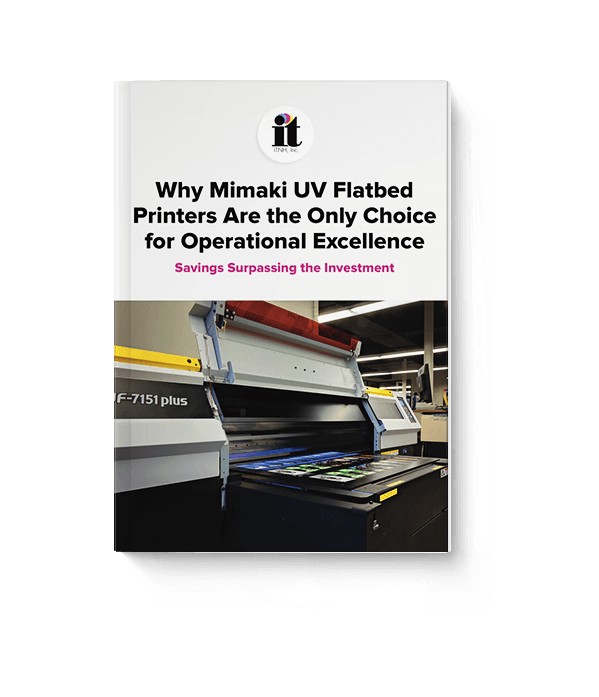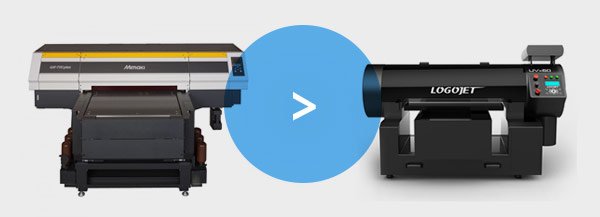Using digital inkjet printers for textile printing can be more complex than printing on other materials, like vinyl or paper. However, by understanding a few basics about the chemistry, equipment and process, inkjet fabric printing is achievable with great print results and can become profitable for your business.
As a starting point, this blog will give you a foundation of information on fabric printing and will help you ask the right questions as you explore the purchase of a digital textile printer.
Fiber Types and Textile Chemistry
The first fundamental element of fabric printing is to understand the chemistry in the process. First off, there is no silver bullet. There is no single ink type that will adequately print to all fiber types in a simple, one step process. It’s unfortunate, but this is the reality and it means we must understand how different types of fibers interact with the available ink choices.
Currently, the available inkjet inks for fabric printing include:
- Reactive dyes
- Acid dyes
- Disperse dyes
- Textile pigments
Each ink has specific fiber types to which it will properly bond. Reactive dyes and textile pigments are commonly used for natural fibers like cotton. Disperse dyes (aka dye-sub inks) are reserved for polyester, while acid dyes work well with nylon and silk.
Dye-sublimation printing uses heat to turn the pigments of the ink into gas which permeates the fabric and solidifies into the fibres. While DTG prints onto the material and its fibers absorb the ink.
Harald Meyer-Delius, Printsome.com
Each of the dyes requires the fabric to have a special inkjet-receptive coating to control dot gain and helps to ensure proper fixation. Many fabrics can be purchased with the coating already applied. Also, there are select sources that will apply the coating (as a service) to a fabric that you provide. Lastly, for high production scenarios, purchasing your own coating machine may be the best option.
Textile Printing Equipment
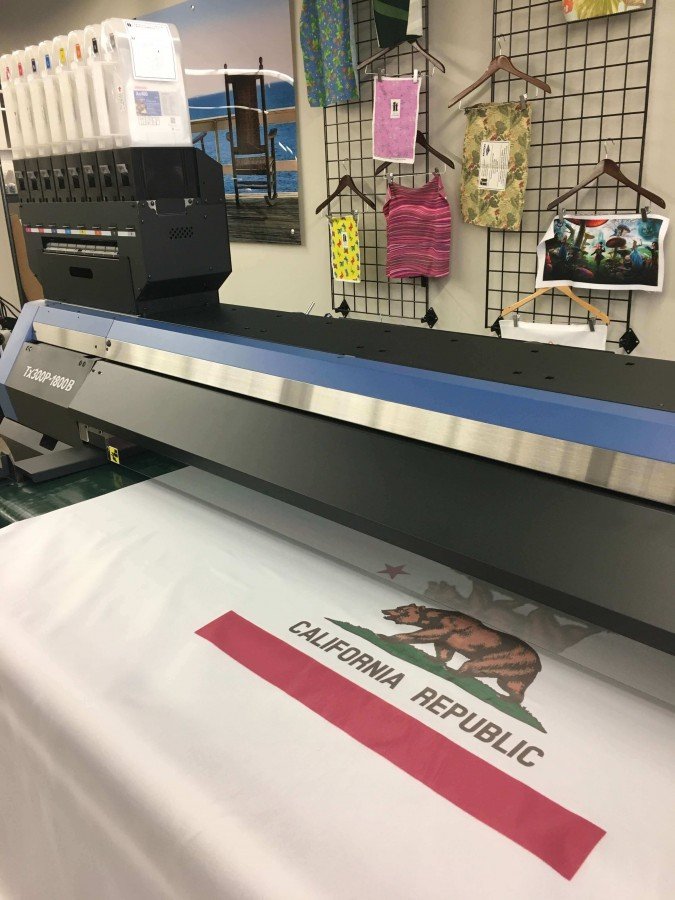
Knit fabrics are more difficult to handle. They tend to be stretchy and the selvage may curl. For these fabrics, it’s best to use a textile printer equipped with a “sticky belt” or “print blanket.” As fabric unwinds, it is pressed flat against the belt and will stick to the belt as it is fed through the printer. Upon exiting the printer, the fabric is peeled off the belt and wound. Fabric and banner printers equipped with such a belt are more expensive. However, it is the only practical method for printing difficult knit fabrics as well as other delicate fabrics.
The Process and Finishing Equipment
The inks each have a specific process to be followed to achieve proper color and fixation (i.e. permanence on the fabric). Nylon, for example, has a more complex process outlined as follows:
- Coat fabric with specific coating to receive acid dye (Or buy fabric already coated)
2. Print fabric using the best suited printer
3. Steam fabric in a textile steamer for ink fixation
4. Wash fabric in a washing machine to remove pre-coat and excess/un-fixed ink
Other processes, like those for polyester for example, are simpler. However, each process requires specific equipment that is required for the best results.
Putting it All Together
So, what does this all mean to you? Well, first it means that your starting point is to clearly identify your intended print application and the proper fabrics to be printed. That subsequently will determine the ink, printer and process used. It also means you will have to prioritize your fabric selection. Some applications, fashion apparel for example, may use fabrics with different fiber types like cotton or polyester. Now, we may have a conflict of inks and processes. Unless you have a larger budget, it is likely you will have to pick one fabric/fiber type to start.
The most important takeaway is to talk with a professional. As outlined, there are many fabrics, inks, printers and processes. A professional will guide you through your options while providing all the pros and cons for each. Make sure to communicate your intended print application, ideal production throughput and your budget. This information is paramount to you getting the best advice. In some cases, it may lead to a creative textile print solution that you didn’t know about. With the right partner, you’ll be your way to textile printing success!
Contact ITNH if you have any questions about textile printing. We’d be more than happy to help guide you through your options!
